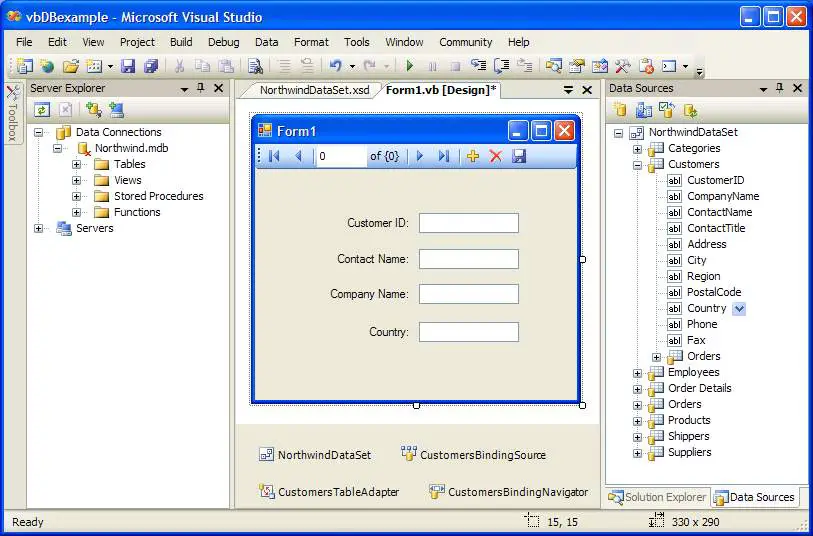

Role: The role of a data engineer is of working with large amounts of data. Languages: R, SAS, Python, SQL, Hive, Matlab, Pig, Spark Data Engineer:
Basic data professional#
Role: A Data Scientist is a professional who manages enormous amounts of data to come up with compelling business visions by using various tools, techniques, methodologies, algorithms, etc. Let’s learn what each role entails in detail: Data Scientist: Most prominent Data Scientist job titles are: This helps you decide if the project results are a success or a failure based on the inputs from the model. In this stage, the key findings are communicated to all stakeholders. Model is deployed into a real-time production environment after thorough testing. You deliver the final baselined model with reports, code, and technical documents in this stage. The model, once prepared, is tested against the “testing” dataset. Techniques like association, classification, and clustering are applied to the training data set. Here, Data scientist distributes datasets for training and testing. In this step, the actual model building process starts. SQL analysis services, R, and SAS/access are some of the tools used for this purpose. Planning for a model is performed by using different statistical formulas and visualization tools. In this stage, you need to determine the method and technique to draw the relation between input variables.

The cleaner your data, the better are your predictions.

You need to process, explore, and condition data before modelling.

Now in this Data Science Tutorial, we will learn the Data Science Process:ĭiscovery step involves acquiring data from all the identified internal & external sources, which helps you answer the business question. Deep Learning:ĭeep Learning method is new machine learning research where the algorithm selects the analysis model to follow. Machine Learning explores the building and study of algorithms that learn to make predictions about unforeseen/future data. Visualization technique helps you access huge amounts of data in easy to understand and digestible visuals. Statistics is the most critical unit of Data Science basics, and it is the method or science of collecting and analyzing numerical data in large quantities to get useful insights.


 0 kommentar(er)
0 kommentar(er)
